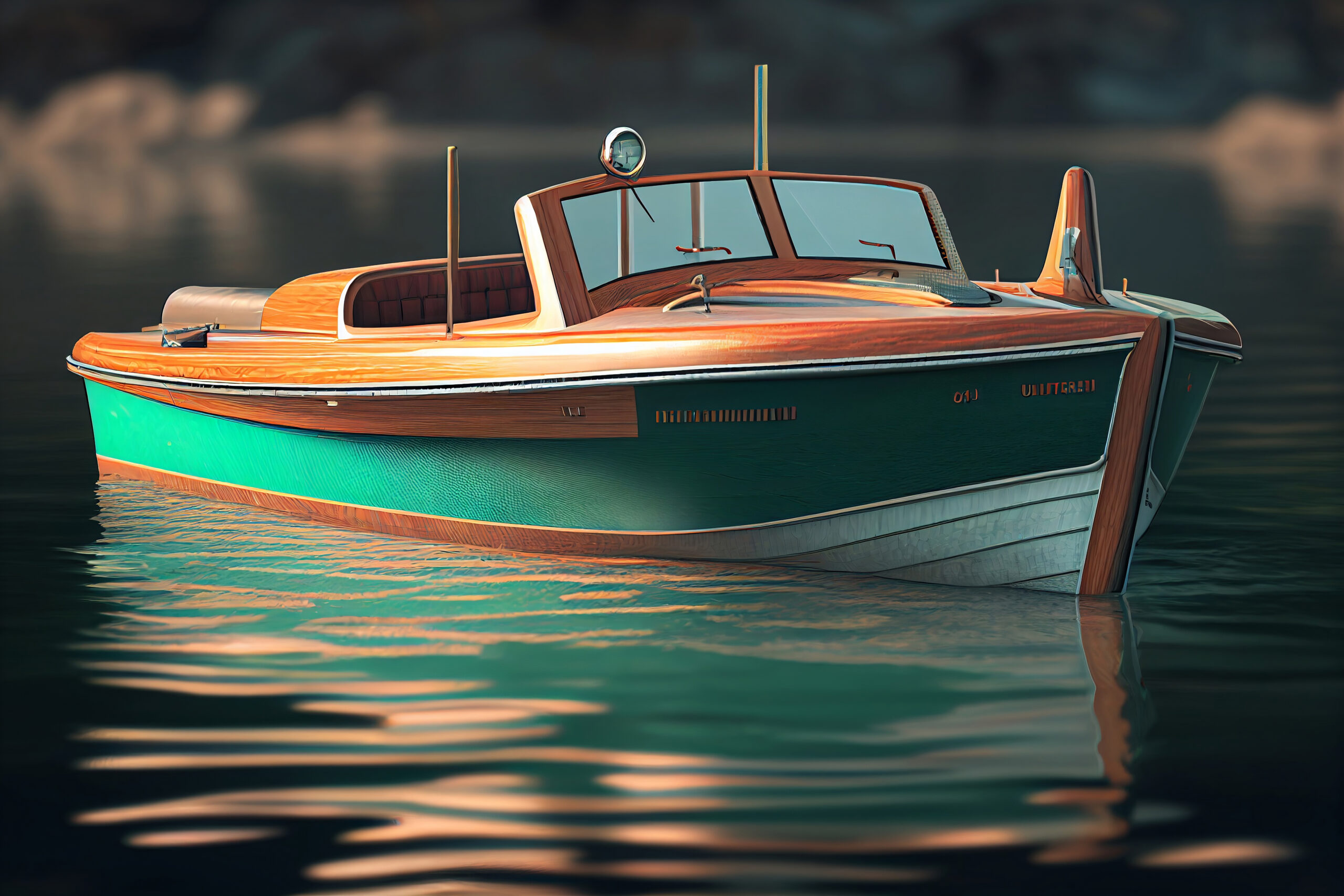

Everything You Need To Know About Vinyl Boat Wraps | Wraps Direct
I had a peculiar dream last night where I found myself confined in a small plastic Tupperware. It left me feeling disoriented and suffocated, reminiscent of a leftover piece of pizza of some sort. Although I woke up the next morning feeling rejuvenated and refreshed, thanks to the container’s excellent preservation properties, I couldn’t shake off the feeling of being a leftover. This is an unusual sensation for me, especially on a subconscious level.
However, I later realized that it was likely because of my recent research on vinyl wrapping – a type of plastic that comes in a roll with adhesive on the back and is commonly used to revitalize the topsides of boats. Vinyl wrapping has been an alternative to traditional paint for over two decades, but it is currently experiencing a surge in popularity. This leads to the question: What’s wrong with paint, and why is vinyl wrapping becoming more prevalent?
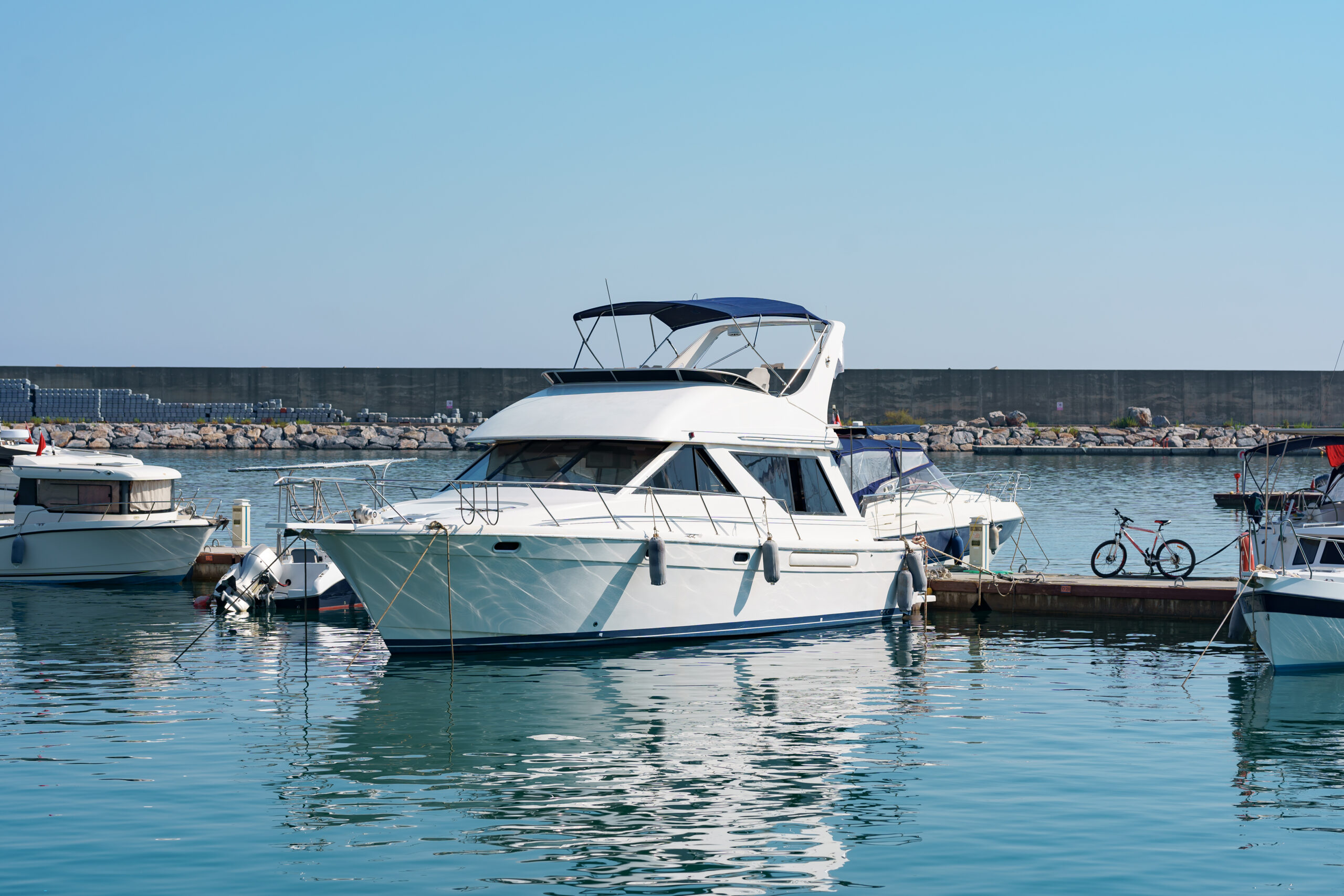
Is Paint Outdated & Old-Fashioned?
Maybe in some situations. Vinyl wrapping may create a mean-looking logo and is quicker and less expensive.
During the past few weeks of investigating this topic for my column, I’ve been immersing myself in a world of plastic – to be precise, vinyl. This material, which comes in rolls with adhesive backing and can effectively revive surfaces, has been on my mind as I read, write, and explore its uses. While vinyl wrapping has been a substitute for traditional painting for over 20 years, it is currently gaining even more popularity. This leads me to question: what are the drawbacks of using paint that is driving people towards vinyl as a preferred option?
Boat and yacht owners are increasingly opting for vinyl as a replacement for traditional finishes such as linear polyurethane for hulls, decks, interiors, and cabin furniture, as it is often a more affordable and faster alternative. Although, I must admit that I am somewhat uneasy about this trend. Fiberglass boats, which are actually reinforced with plastic, are coated in a gel coat, another form of plastic, and then painted with linear polyurethane, yet another plastic.
With all of this plastic involved, would it really make a difference to cover the boat in stretchy, colorful vinyl? Furthermore, the term “plastic” is rather ambiguous, isn’t it? What exactly is my problem with this situation? Perhaps I simply need to broaden my horizons.
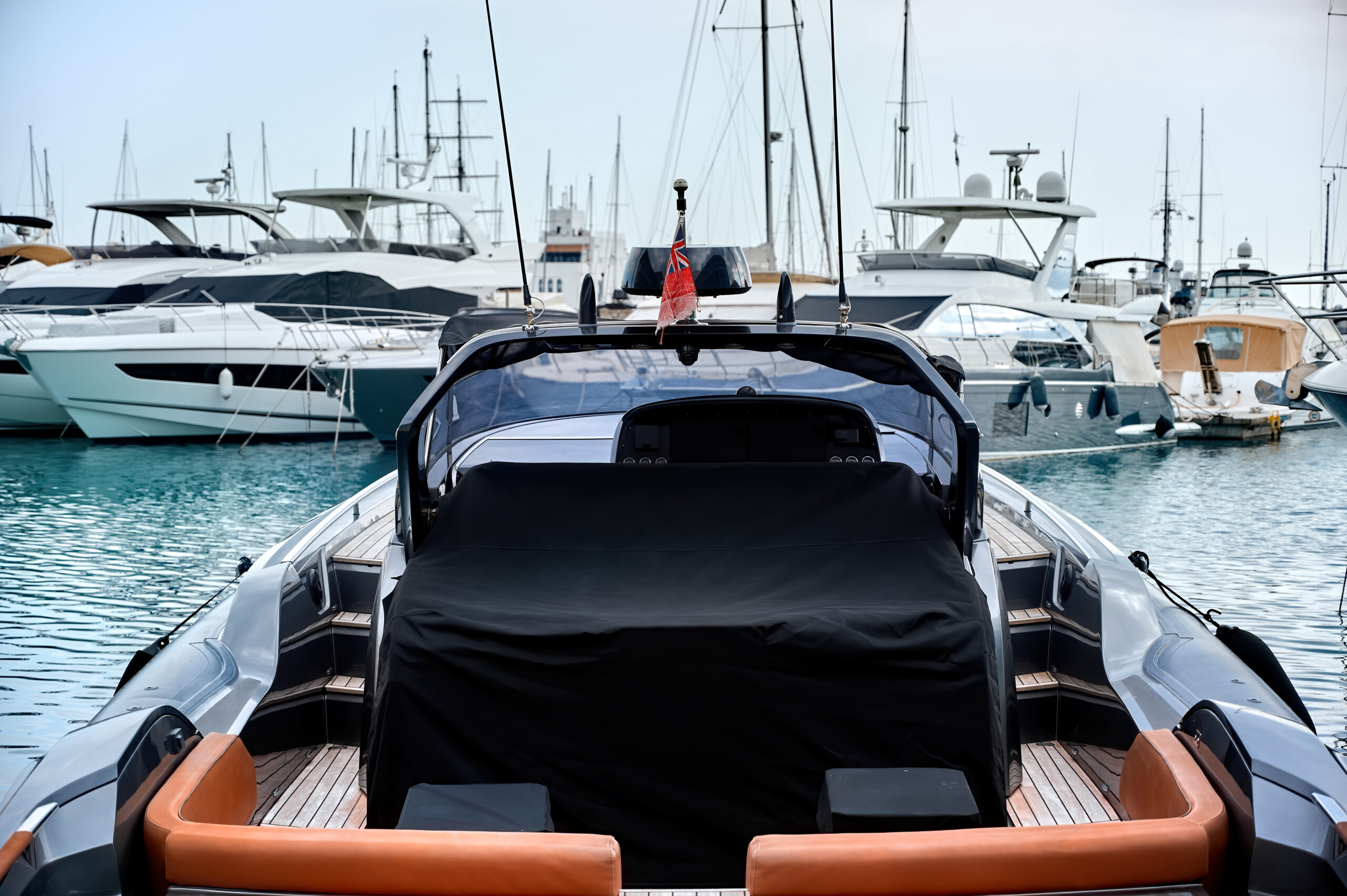
The Pros & Cons of Plastic
Vinyl-wrapping a hull has become increasingly popular due to its cost-effectiveness compared to linear polyurethane. According to some recent expert reports, wrapping megayachts, including the 223-foot yacht, the cost of wrapping is approximately two-thirds less than a top-quality paint job. This is mainly due to the reduced labor hours required for vinyl wrapping.
However, it is important to note that both procedures necessitate a thoroughly prepared surface, as even minor scratches and dings will be noticeable through both the thin skin of vinyl and a coat of paint. Once the yacht is ready for top coating, the vinyl can be rolled on in one go, without the need for a primer before the color (except with bare metal hulls) or a gloss topcoat after. While skilled wrappers are required for a first-class job, the process is relatively straightforward, making vinyl wrapping a popular choice for cost-conscious yacht owners.
There is a multitude of benefits to choosing to wrap a yacht hull in vinyl over traditional linear polyurethane. While cost savings are certainly one of the biggest advantages, yacht owners are also discovering that time is money. With vinyl wrapping, yachts can be back in the water and ready for use much faster than with a lengthy topside paint job.
This is especially crucial for those in the charter industry, where minimizing downtime is essential. Additionally, vinyl is much easier to repair than linear polyurethane if any damage does occur, and is also said to be more resistant to ultraviolet rays. All in all, it’s easy to see why vinyl wrapping is becoming an increasingly popular choice among yacht owners looking to maximize both their time and their budgets.
Vinyl wrap enthusiasts claim that it is a more eco-friendly option than LP due to the absence of chemicals or solvents during the application, meaning no fumes are emitted. In contrast, painting releases toxic vapors during the drying process. However, environmentalists consider PVC manufacturing one of the world’s worst hazardous byproduct producers, creating dioxins, PCBs, carcinogenic phthalates, and other dangerously harmful toxins.
Once its service life is over, PVC can be recycled or broken down in waste-treatment plants through controlled incineration. Nevertheless, disposal in a landfill is not recommended, as the toxins can seep into the environment. Disposal of scrapings and blasting debris from LP paint removal must also be collected and safely disposed of, as with leftover solvents and other components. Thus, it is important to do your research before selecting a topside coating if you prioritize environmentally friendly options.
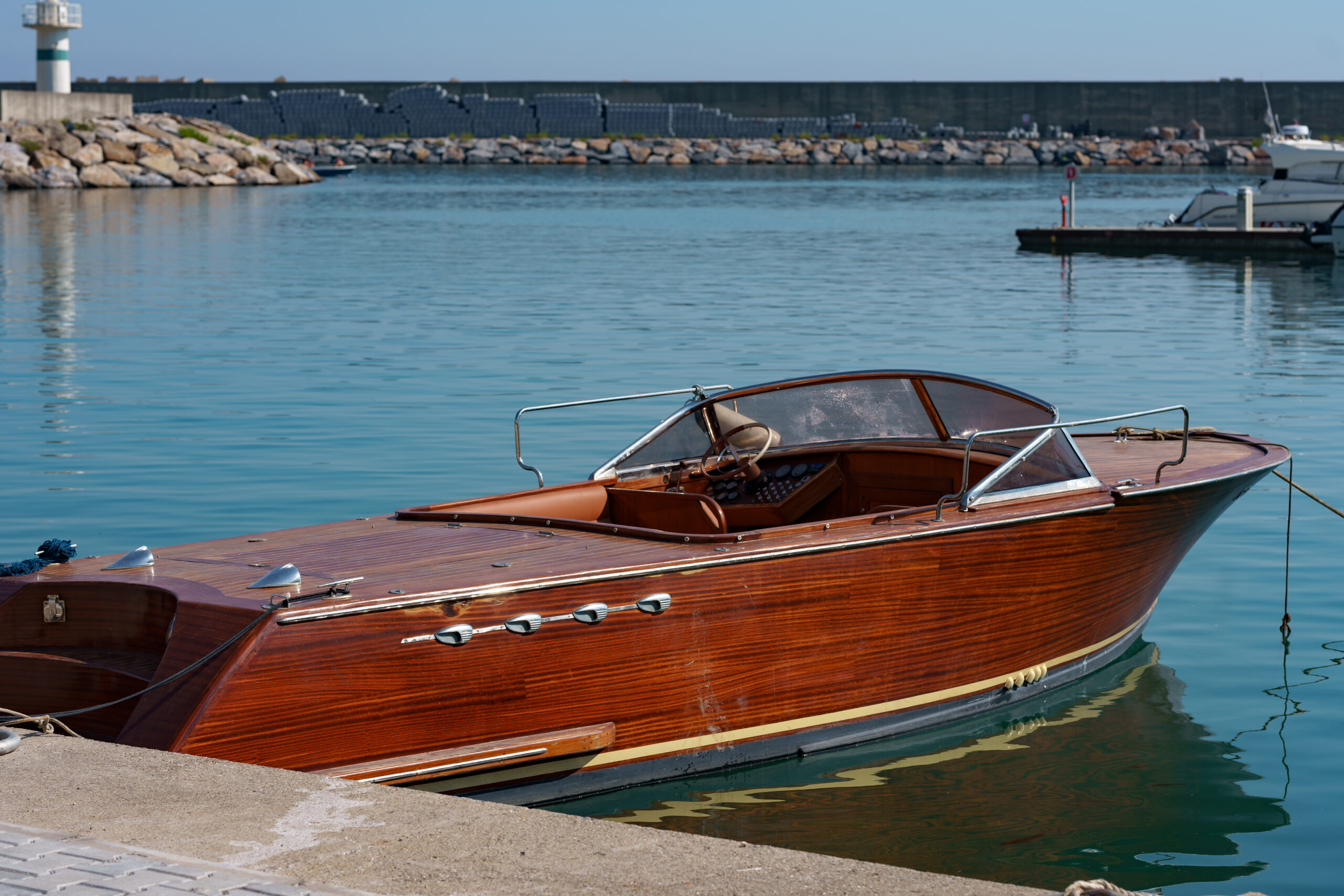
Not All of It Is Vinyl
If vinyl wrapping is your preferred method of boat customization, you might be surprised to learn that not all wraps are made of PVC. Polyolefins, which include polyethylene and polypropylene, are also commonly used for wrapping. While there may not be a noticeable difference in performance for the end user, it’s important to match the wrap with its intended use. For example, some wraps may be suitable for interior use but not suitable for exterior use. Others are even designed specifically for swimming pools and Jacuzzis.
Two popular manufacturers of wrapping vinyl are 3M and Avery Dennison. 3M’s Wrap Film Series 1080 comes in an array of colors and finishes, including metallic options, and is a popular choice for marine use. Avery Dennison’s Supreme Wrapping Film SW900 also offers over 100 colors and effects, including metallic films.
In order to keep your protective surface layer looking newer for longer, vinyl wraps should be stored in a garage or covered area to prevent damage from the sun’s harsh ultraviolet rays, abrasion, and impact. Fishermen, wakeboarders, and waterskiers should make an effort to be careful when using their equipment near vinyl-wrapped surfaces.
For interior use, 3M’s Di-Noc architectural finishes offer over 500 designs, including 94 woodgrain patterns, which are perfect for rejuvenating joinery or cabin furniture. However, vinyl-wrapped joinery may not be to everyone’s taste, as it can give off a plastic-like appearance. Properly finished joinery, on the other hand, will not require frequent refinishing if given proper care. Ultimately, the choice between vinyl-wrapped or traditionally finished joinery comes down to personal preference.
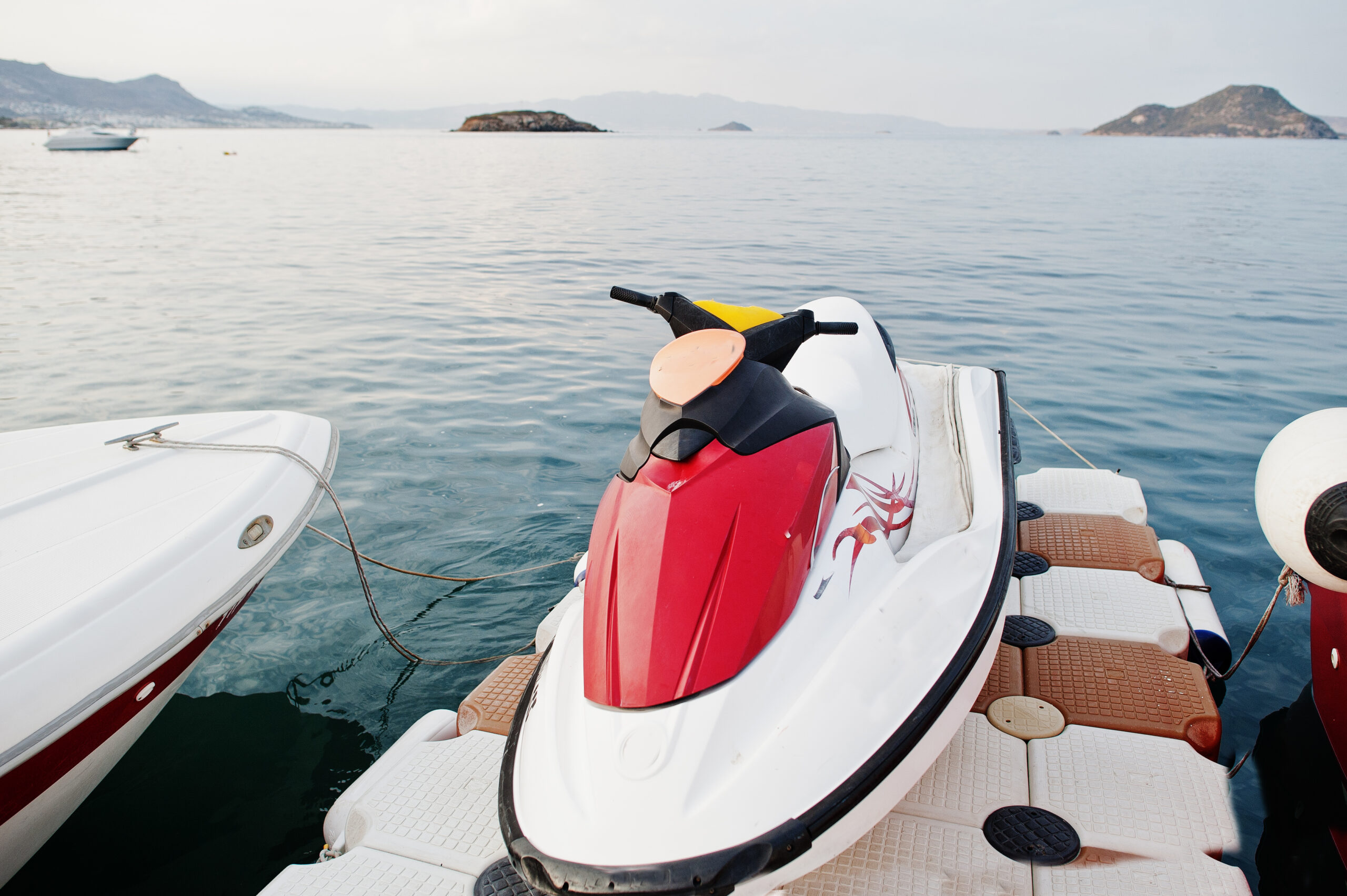
Aging & Application
Heat guns and squeegees are the only equipment really needed to apply the vinyl wrap, along with the adhesive to keep it from shifting until it can be nailed down. Vinyl may be applied outdoors by a team working from staging, unlike LP, which needs a paint shop for spraying.
The essential issue is maintaining a dust-free surface after it has been meticulously cleaned—wrap manufacturers would refer to this as “like new” condition. It takes true professionals to install vinyl, as it is difficult to corral due to the long pieces of material used to reduce joints and maneuver it around complex contours, spray railings, hull ports, architectural elements, and other obstructions while keeping a glass-like surface, requires patience and lots of experience. However, because the adhesive has a low tack, the team can stretch the vinyl as needed before using heat to lay it into shape around tight contours and corners and reposition it as necessary.
After the covering is precisely positioned, the glue is activated by squeegeeing out the air. It’s much simpler to do this because of the channels in the vinyl; it’s not like trying to remove air bubbles from a windshield sticker, which I couldn’t possibly do. Vinyl wrap technicians apply a primer to the edges to increase adhesion before applying the vinyl and then sealing the edges with transparent tape. When applied correctly, the wrapping adheres to the surface like a starfish until it is time to remove it, in which case the surface is unharmed. Fresh vinyl can be applied after a thorough cleaning to get rid of any old glue that may be leftover post-removal.
How long, though, will vinyl last? The vinyl, glue, and climate all play a role. The majority of yacht wrappers employ permanent adhesive, which is expected to last seven years or more. (Some adhesives are designed for temporary wrappings, such as when a sponsor’s logo is on board for a season or when the yacht owner prefers to switch up the colors periodically.)
With UV protection, vinyl could last as long as seven years, and certain manufacturers even up to twelve years. Any vinyl applied to an external horizontal plane has a lower lifespan than the same vinyl applied to an exterior vertical surface. Different colors, metallics, and pearlescent tones also don’t last as long in the warm sun, and keeping your wrap in a covered area such as a garage or carport will always make your vinyl look newer for longer.
Look closely at the websites of Avery Dennison and 3M to get the official statement regarding how long vinyl will survive in various settings. The manufacturer’s and wrapper’s promises about longevity should, in general, be taken with a grain of salt. Yet, isn’t that applicable to everything?
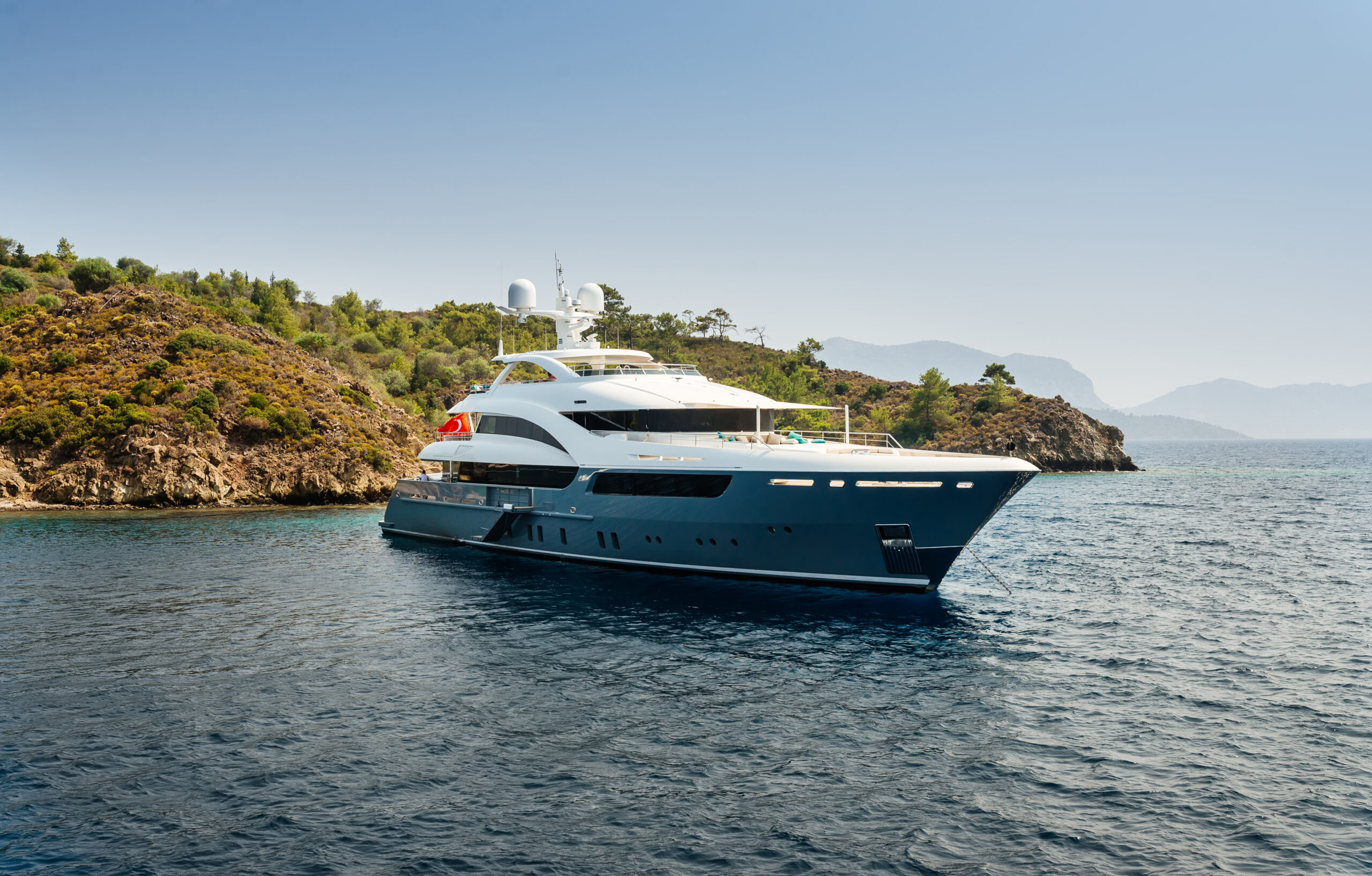
Graphic Design
Whether you like the notion of wrapping your boat or not, vinyl excels in graphics when there is no other logical option. If you can actually find someone skilled enough to accomplish it, painting logos and elaborate artwork on a hull can be expensive. Yet, many artists are available that can create your computer-generated designs for vinyl printing. Only the artist’s keyboard or drawing pad skills can constrain the design. After that, attaching it is as simple as sticking it.
Although it’s not nearly as simple as it seems, the majority of boat owners—or at the very least, one of their friends—have the necessary skills. The first place to look is your neighborhood sign business. Every promising sign and wrap company can work with vinyl, and many of them wrap vehicles, including vehicles, vans, buses, and occasionally boats. You can locate a local business that can complete the task by searching for “boat vinyl” or “boat lettering.”
Your best chance for elaborate work is a qualified sign shop experienced with boats when it comes to fancy work. The store will use a huge inkjet printer to print your personalized graphics on the wrap after designing them on a computer. The sign company adds a protective laminate after printing because the vinyl used for graphic designs doesn’t come with one. Make sure the store you deal with can accomplish this since without it, the ink in the images won’t stay very long in mother nature’s environmental elements.
On offshore racing sailboats, tournament fishing vessels, competitive speed boats, bass boats, etc., fancy vinyl graphics are employed to showcase the names of sponsors. When a sponsor withdraws, it is simple to peel off the name and add a new one. For artwork and text on the transom, vinyl is a good option.
Located in Jacksonville, FL, Wraps Direct provides nationwide shipping and installation services for vinyl wrap across the continental United States! So, if you’re looking to transform the overall appearance of your boat, or are graciously wanting to promote the names of your sponsors, call Wraps Direct at (904)-579-3452 or fill out our form today to get your free consultation scheduled! Our expert designers and installers are here to help you get the most value out of your custom-made vinyl wrap!

